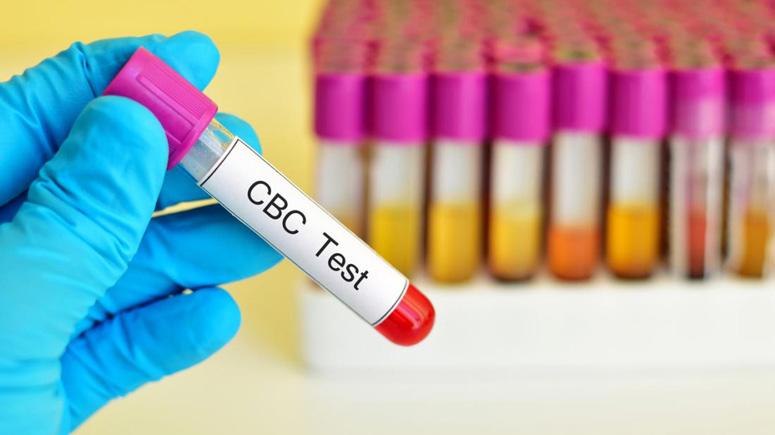How Is Eosinophilic Leukemia Diagnosed?

Several other diseases, such as infections and allergies, can cause increased eosinophil levels. This is called reactive eosinophilia. Because of this, your doctor will first work to rule these out before diagnosing eosinophilic leukemia. This may include allergy tests or tests for a parasitic infection.
Eosinophilic leukemia can be diagnosed using the following tests:
- Complete blood count (CBC). A CBC evaluates the levels of several blood cell types in a blood sample. It can be used measure eosinophil levels.
- Blood smear. In a blood smear, a sample of blood is taken onto a microscope slide and stained. The number and shape of different blood cells can then be observed.
- Bone marrow biopsy. In a bone marrow biopsy, a sample of bone marrow is taken and examined under a microscope to look for cancerous changes.
- Molecular testing. These tests can help your doctor to determine if you have genetic changes that are associated with some types of eosinophilic leukemia.
Tests for organ function. Because eosinophilic leukemia can affect different organs, your doctor will want to do tests to know if organ damage has occurred. These can include:
- blood chemistry tests that can check the function of organs like the liver and kidneys
- a cardiac troponin [4] test, which can help to identify is heart damage has occurred
- a pulmonary function test to check how effectively your lungs are working
- imaging tests, which can include a chest X-ray to look at the heart and lungs or an echocardiogram to visualize the heart













